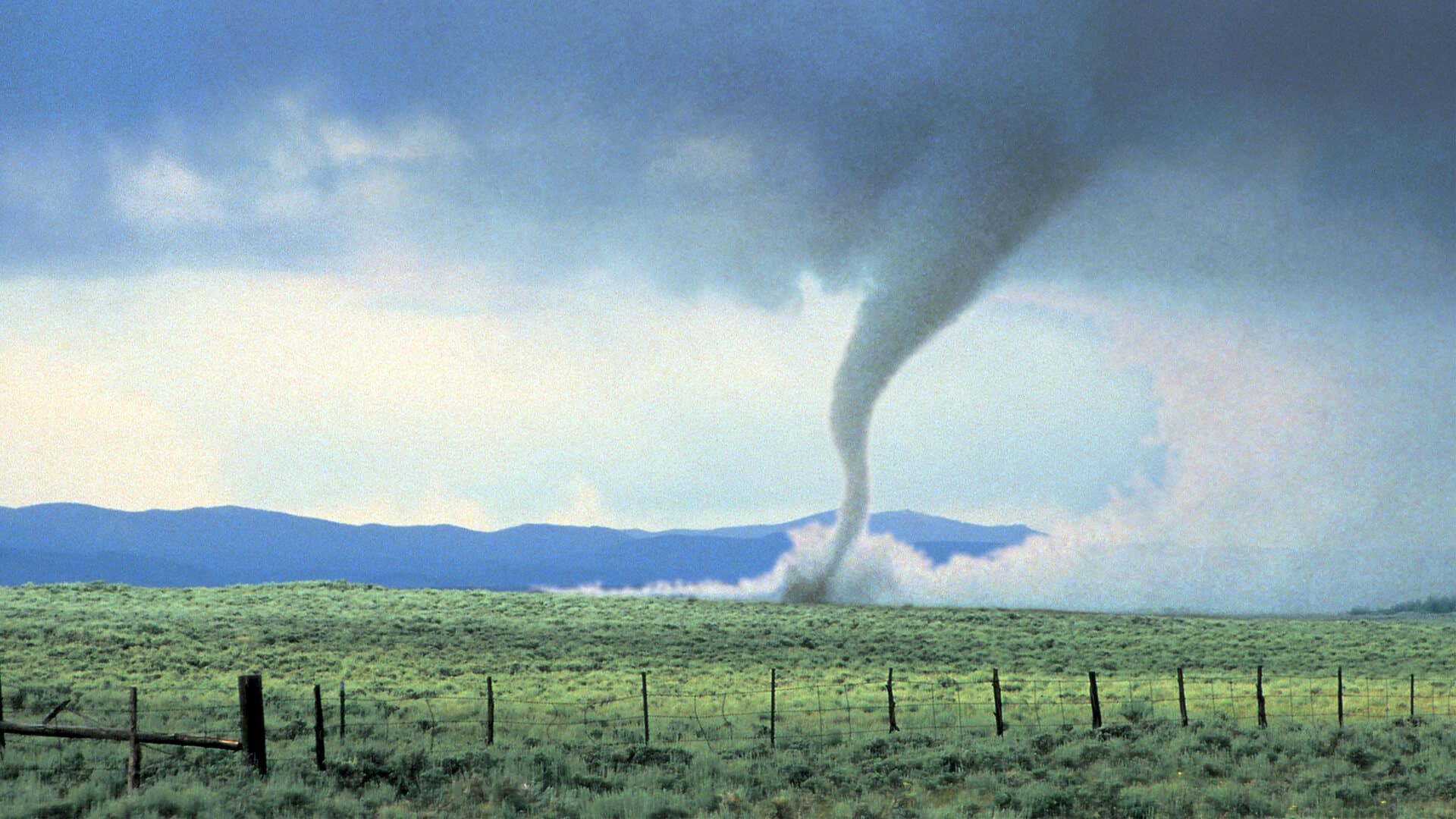Myrtle Beach, South Carolina, has recently seen its shoreline dotted with strange, clear blobs, sparking curiosity and confusion among beachgoers. While they resemble jellyfish, scientists say these gelatinous visitors are actually salps—a harmless type of zooplankton, according to Vice.
The influx is likely due to strong coastal winds pushing the creatures ashore. Though alien-looking, salps play an important role in ocean ecosystems.
“Salps actually, this will sound a little odd, they’re our cousins. They are very simple members of the phylum chordata,” Juliana Harding, a marine science professor at Coastal Carolina University, told The Sun News.
The Environmental Protection Agency describes zooplankton as “the animals of the planktonic community.” Salps, in particular, feed on bacteria, single-celled algae, and other microscopic organisms. They move by rhythmically pumping water through their transparent, barrel-shaped bodies—absorbing nutrients and propelling themselves forward in the process.
Scientifically, salps are chordates—the same phylum as humans—which makes them more closely related to us than jellyfish, despite their appearance. They also play a key role in the marine food web.
“They’re important in the lower parts of food webs,” Harding said. “Sometimes they’re consumed by larger things. Other times, they simply process the food to make it available for other organisms in the food web.”
Local residents and tourists can rest easy: salps are not dangerous. Unlike jellyfish, they don’t sting and are safe to handle. Eventually, scientists say, the tide will carry them back out to sea.











